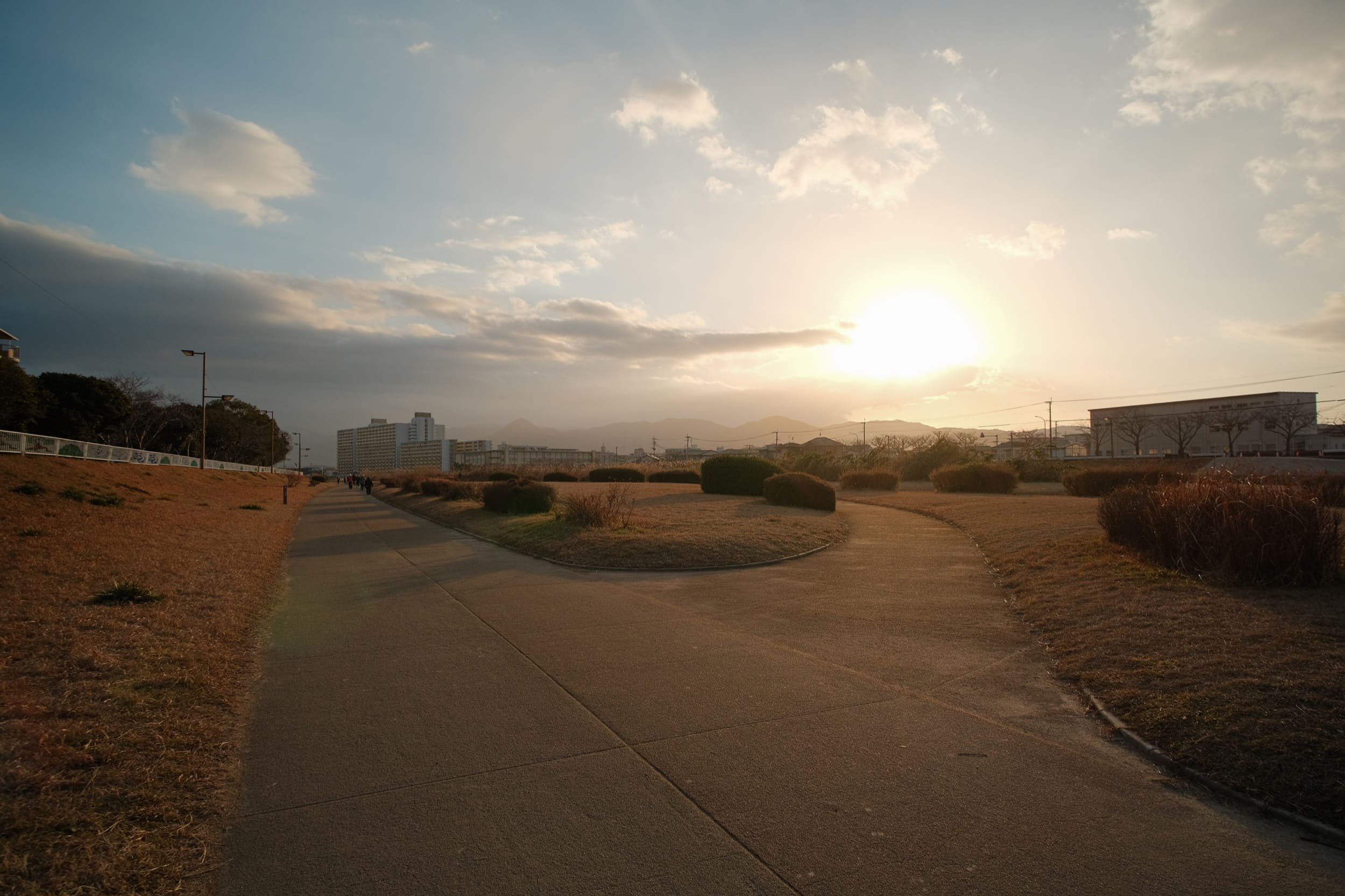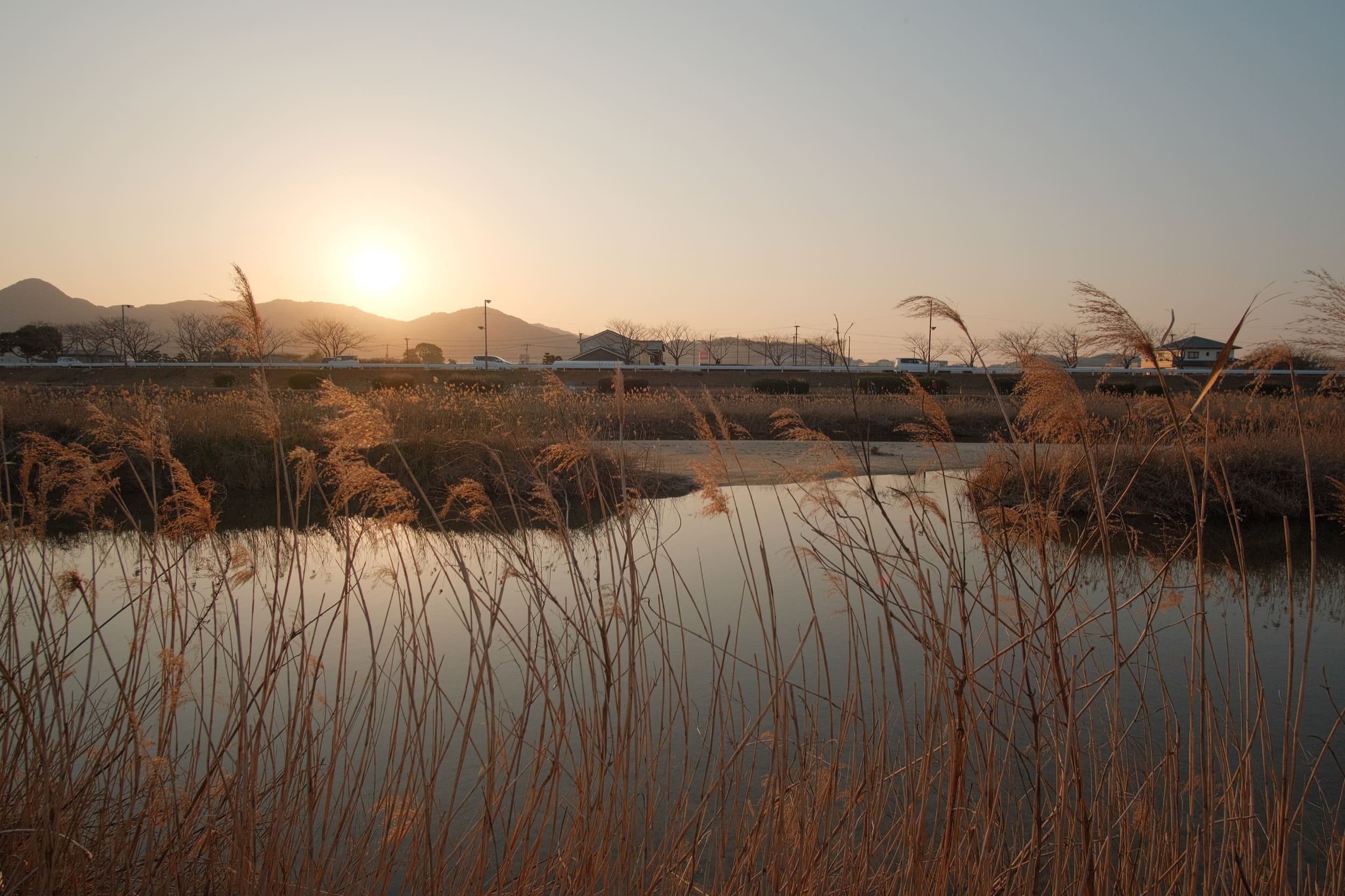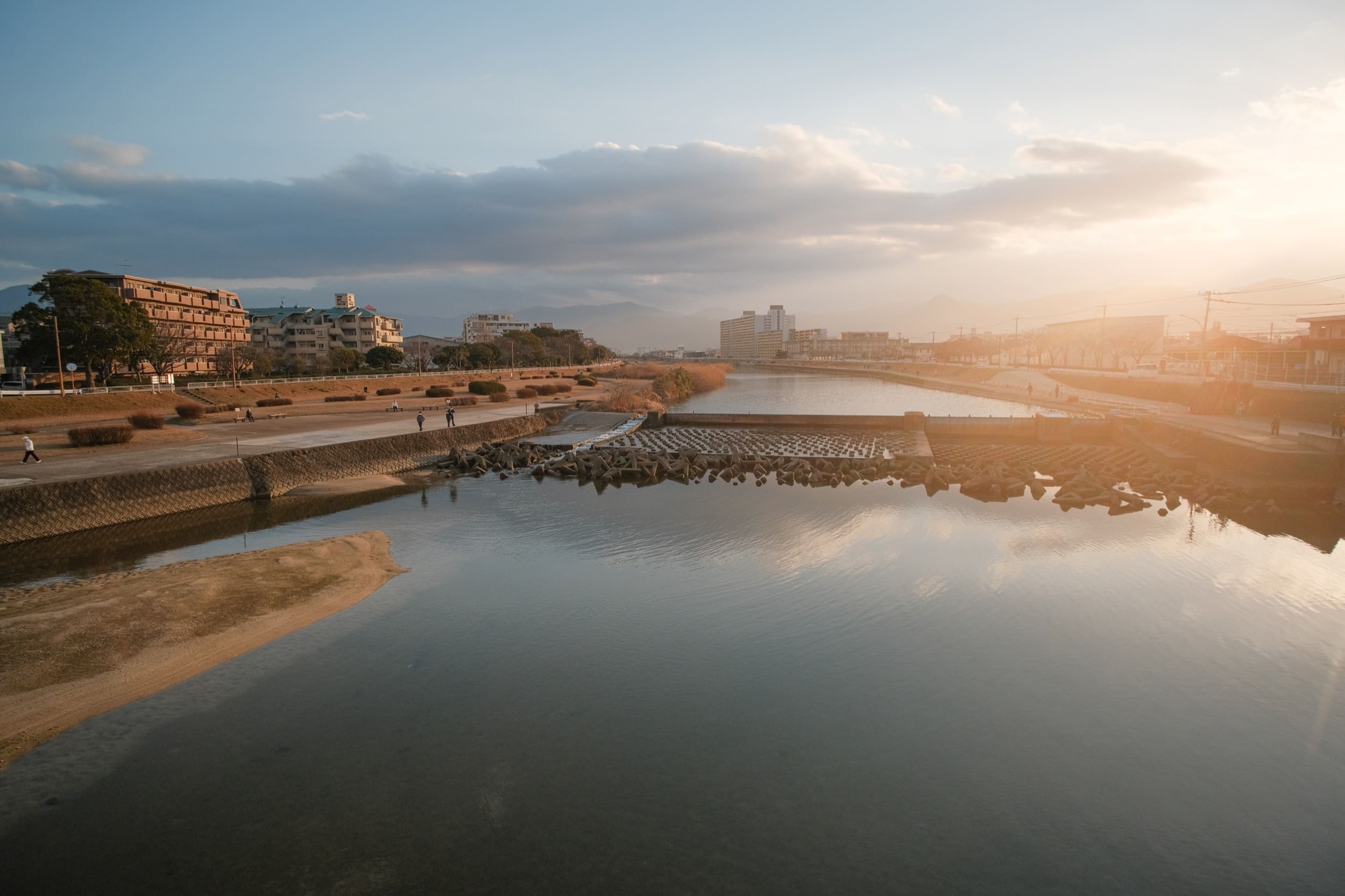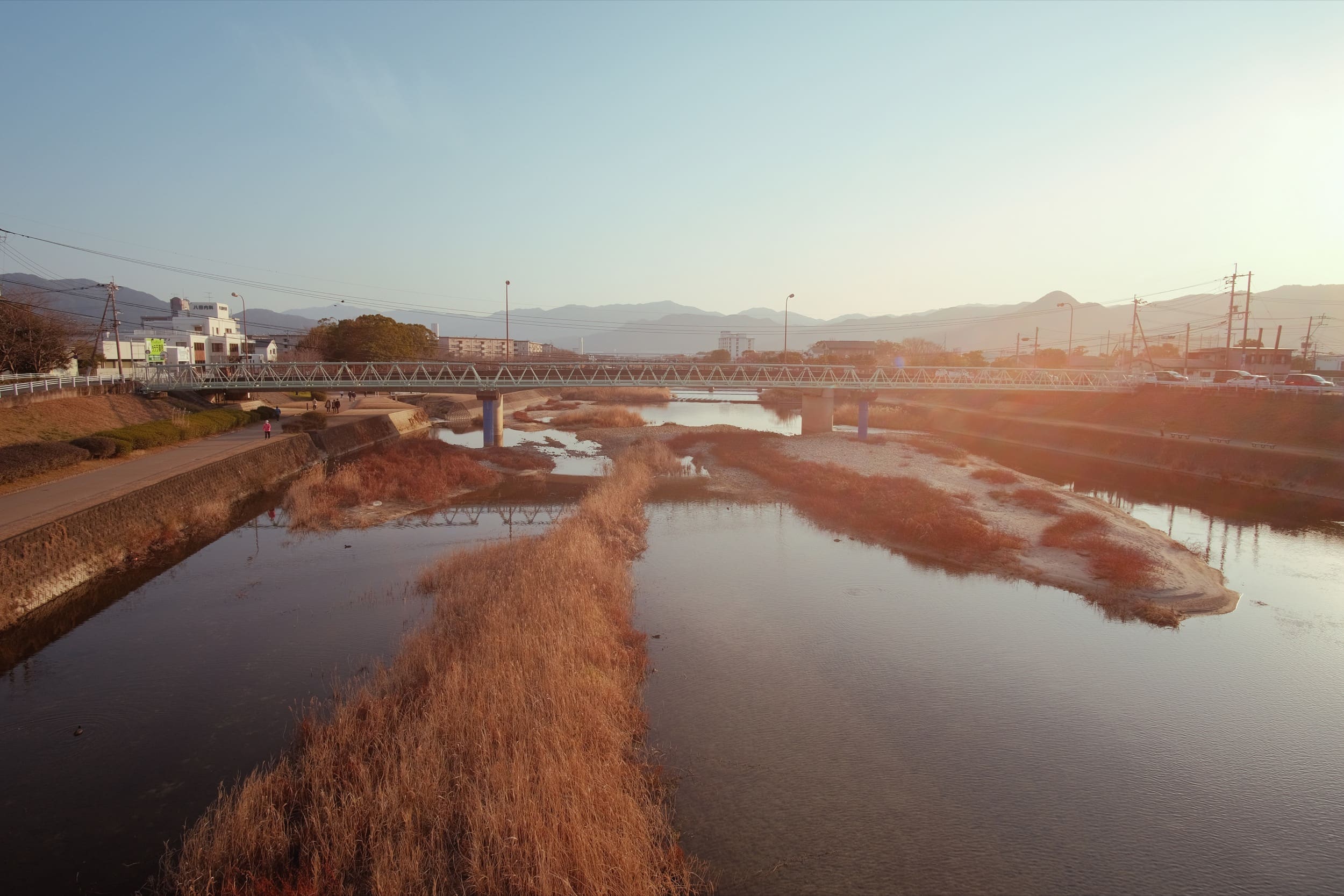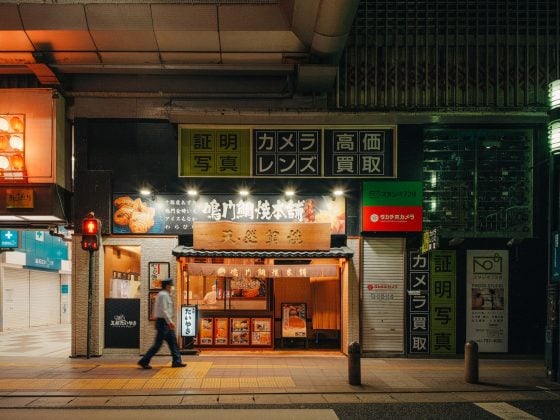After doing tons of reviews and articles on how I like these cheaper Chinese lenses for day-to-day shooting and for fun, I thought it would be important to do a write-up about what your expectations should really be when comparing cheap lenses to higher-end or more expensive lenses like a Samyang or Rokinon.
Because there are some big differences.
In my reviews of the cheaper lenses by Pergear, 7Artisans, or Meike I often go over some of the characteristics of the lenses, what I like and what I don’t like, and what sort of image quality you can expect in the sample photos shown. Usually, in these reviews, you can see performance is fine for what I’m shooting, but this isn’t going to be the case for everyone.
So in this article, I want to talk about some of the key differences between cheaper lenses and the higher-end stuff and ultimately address the question, is it worth it to spend just a little bit more money on a better lens?
Cheap vs Higher-End Lenses The Differences
Simpler Optical Formulas
Usually, the cheaper lenses have much simpler designs with their optical formulas. They take more of the classic old-school approach to lens design and they exhibit a lot of the same characteristics of classic lenses from the 60s, 70s, and 80s both good and bad.
They often don’t have any aspherical elements, and they usually have a ton of field curvature at the corners and edges of the image. Sometimes expensive lenses have this too, but here is a sample of what that looks like.
You can see the plane of focus bends in the image and kind of fans out towards the edges a little.
This is not even the best example. This is from the TTArtisans 50mm f1.2. Which is a review I’m working on right now.
The good part about lenses that don’t correct for this is they typically use a lot less glass.
Why is that good?
Imagine stacking 20 UV filters over the front of your lens. Now imagine stacking 4 UV filters in front of your lens. Which image do you think would be better?
The more material you through in front of your sensor, the more it will interfere with the frequency of the light resulting in a reduction of tones and color details.
This is way different than Contrast and Sharpness which comes from light converging at a point with clean edge contrast. You can still get that with 20 UV filters as long as all the little elements bending the light around inside the lens are built and assembled with precision.
Here is a sample of an image with some amazing tonal information. By the way, people call this Micro-Contrast.
This is shot with the Industar 50-2 (which is a Russian lens) with the Nikon Z6.
Look how the colors and shades in my daughter’s skin tones have an amazing amount of color and tonal information. All with a lens I paid around $30 for with a very simple optical formula of only 4 or 5 elements. I think I was at around f4 or f5.6 here.
You can see, there is clearly something spectacular going on here.
Here is an image from the Meike 50mm f2, at f2 on the Fujifilm X-T3. Very similar to the above image with some amazing tonal information in the skin tones.
Now let’s look at an 11-element Nikon Z 50mm f1.8.
It still has a really nice image with some really nice rendering.
But, you can still see there is a subtle difference in the color and tonal details in the skin tones compared to the images above, it’s a little blotchier and this doesn’t really get better even if you stop down to f5.6 unless you’re dealing with a lens that has a lot of those ghosty aspherical aberration problems wide open, which the Nikon Z 50mm f1.8 does not. The Nikon Z 50mm f1.8 is actually one of the sharpest 50mm lenses a human can buy and also the best 50mm you can buy if you’re ok with f1.8 as your max aperture.
I would probably bet that the Nikon 50mm f1.8 is even sharper at f1.8 than the two lenses above even when they are stopped down.
But again, those colors in the skin tones are just a little blotchier. The tones do not transition into the highlights as smoothly.
Another sample
This is subtle of course. The Nikon 50mm f1.8 is still amazing and most people will be happy with it, but you can see there is a difference, and the cheap $30 lens without a doubt outperforms the Nikon in this one area.
This would also be much more noticeable if I compared one of the Industar to a 20-element zoom or Sigma lens.
And now, a sample with the Full Frame Meike 50mm f1.7 on the Nikon Z6. This is taken in pretty poor lighting, which matters, but you can still see the tonal transitions between the brights to the darks are overall very smooth and there feels like there is a touch more color information between the skin tones.
Again, the Nikon Z 50mm f1.8 isn’t bad, but this does feel a little nicer to me, especially when you look at how the tones blend into the shadows and highlights. It looks a bit more 3 dimensional.

And another from the full-frame Meike 50mm f1.7, at f5.6 on the Z6 in sunlight.
Often people think good micro-contrast comes from fewer elements, but I’m pretty sure it has more to do with how thick the total amount of glass is. So an f2, 9-element lens, might have less glass overall, in terms of thickness, than a 9-element f1.2 lens because the f1.2 lens might be using big and thick aspherical elements to treat for optical aberrations that happen from such a faster aperture.
So it seems like lenses with less glass, just make skin tones more interesting which is why I like them.
Contrast and Clarity
The Contrast and Clarity of an image is what most people will notice right away when comparing a cheap lens to a higher-end lens.
Typically the expensive lenses have better coatings both internally and externally.
Coatings do a few things, they help reduce light scatter and this can help light transmittance. So often these cheaper lenses have a worse T-Stop value compared to their F-stop value compared to a Fujinon or similar higher-end lens.
Good coatings will also increase the contrast, saturation, and overall clarity, especially when shooting into the sun or bright environments.
Good coatings also decrease the amount of lens flaring that can happen.
Some people like lens flaring and the washed-out look that comes from this, but these cheaper lenses will also feel a bit duller in terms of contrast and clarity when shot in highly reflective environments and you’re often required to add some contrast in post.
Let’s take a look at two similar lenses, the Pergear 12mm f2, and the Rokinon 12mm f2.
Pergear shooting into the sun.
Rokinon 12mm shooting into the sun.
A pretty significant difference when looking at the overall punch the images have. Both are shot JPG with the same settings on the X-T3, with minor tweaks in the post. The Pergear image looks a bit muddy by comparison to the Rokinon.
Here are some samples with the sun off to the side.
Pergear 12mm f2.
Rokinon 12mm f2
Not as big of a difference here, I added a bit of red in post-processing on the Rokinon. But you can see the Rokinon still has cleaner clarity along the edges and the image overall feels like it has a bit more life.
I do want to do more samples with the Pergear 12mm though because that day I shot with the Pergear there was a bit more glare it seems. So that could skew the results slightly. But, as someone who shoots with a lot of the Pergear and Rokinon lenses, these results are pretty typical and would probably show something similar even if I shot in a 100% controlled environment.
For landscape photography, I would definitely favor a Samyang, but for day-to-day casual shooting on a budget, in not-so-bright environments, the Pergear is still a ton of fun and probably fine for most people. Sometimes I even kind of like the bloom effect that’s happening here.
Build Quality
Build quality is going to be a big difference between cheap lenses and higher-end lenses. People often get excited that the cheaper lenses are made of metal so they automatically think the build quality is good.
Yet, I’ve had a few cheaper lenses fall apart on me, or the focus ring slips out of precision.
Also, you don’t know what kind of metal these cheaper lenses are even made of. It could just be using trash metal like Zinc, if not specified. Some of the better lenses will use Copper core, which is cool.
So don’t underestimate the plastic that’s on some of the higher-end lenses, sometimes this plastic is superior to cheap metals when it comes to heat resistance and ding resistance.
There is usually a bit less quality control with the cheaper stuff. Elements alignment can be a big problem with the cheaper lenses built with poor precision facilities.
The general mechanical design of a lens can be just bad, causing issues with oil leaking onto the aperture blades or lenses seizing up in freezing conditions, like with my SLR Magic lenses.
One more thing, the overall strength of the construction is also a big deal. How long the lens will last, and will the elements fall out of alignment over time? As an example, the Fujinon 23mm f1.4 has had a problem with this historically and I had to have mine replaced. My Fujinon 10-24mm eventually died after a short time.
Not to bash Fujifilm, but you need to baby their older lenses.
Key Takeaways
What are the big differences between cheaper lenses versus the higher-end stuff?
Sharpness – Cheaper lenses will often not be as sharp, with less sharpness in the corners and edges.
Muddier – Cheaper lenses are often less vibrant with less contrast which can sometimes result in muddier images in some situations or when shooting into bright lights.
Micro-Contrast – Cheaper lenses often have higher micro-contrast, but not always. This will depend on what you compare it to.
Build Quality – Build quality can sometimes be pretty bad on cheaper lenses and there is inferior quality control. Often they will fit the camera mount very tight, some lenses like the first release of the Viltrox lenses were known to damage the X-Pro3 mount for example. Some will just fall apart. Decentric issues are also very common.
From all of this, you should now be able to see why people love some of the older Zeiss and Leica lenses. They use simpler designs like with these cheaper lenses, so you often see nice micro-contrast, but, they have superior coatings for amazing clarity and contrast and superior build quality.
Samples Shot With Cheap Chinese Lenses
I tend to like these cheaper lenses for family and lifestyle photography or even street photography where you’re not necessarily shooting into the sun and where you don’t necessarily need sharp corners and edges. This image quality is good enough and I avoid adding extra wear and tear on my nicer lenses that I like to use for more important things.
You do still typically need to pump up the contrast and maybe saturation a bit more than the higher-end lenses though.

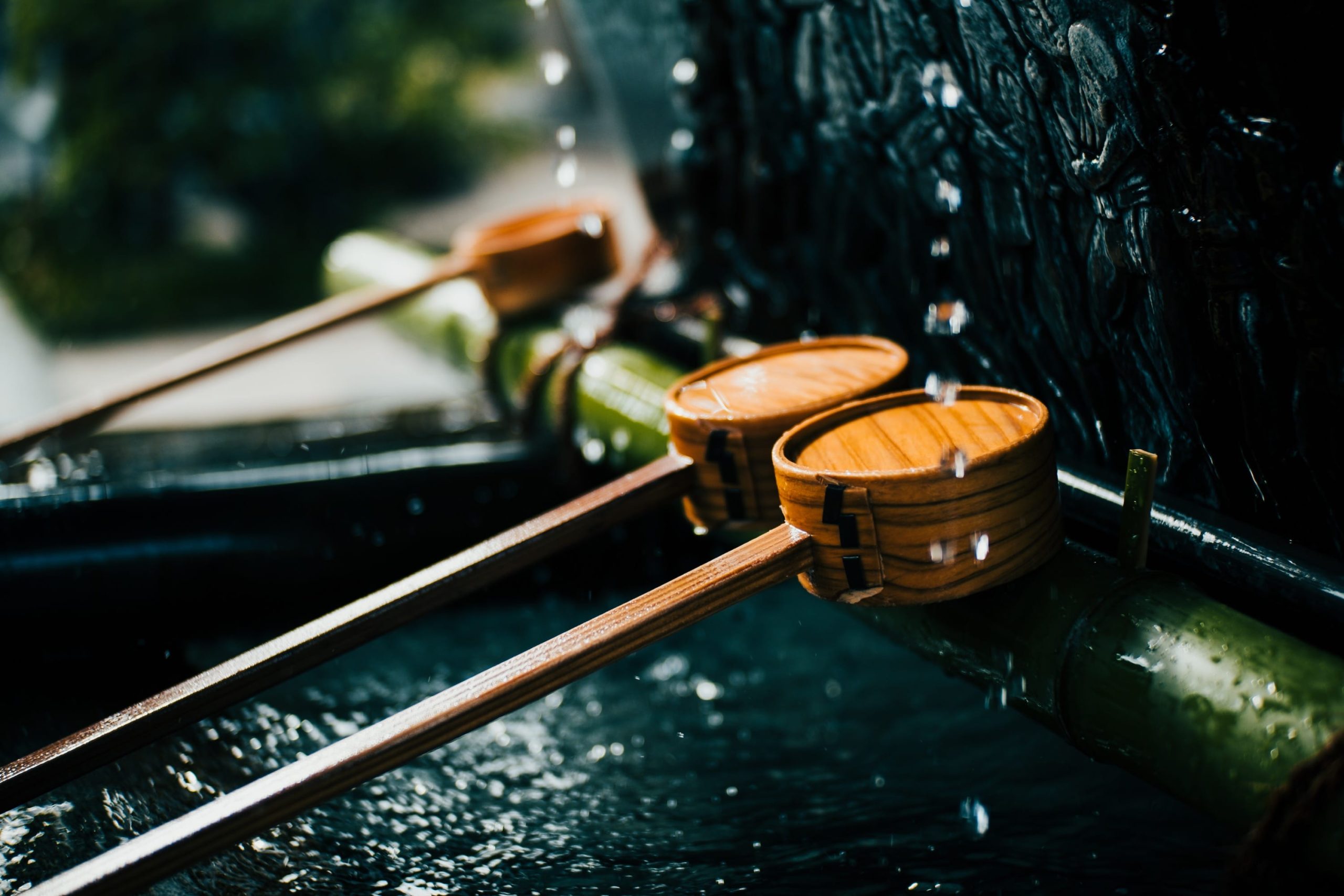







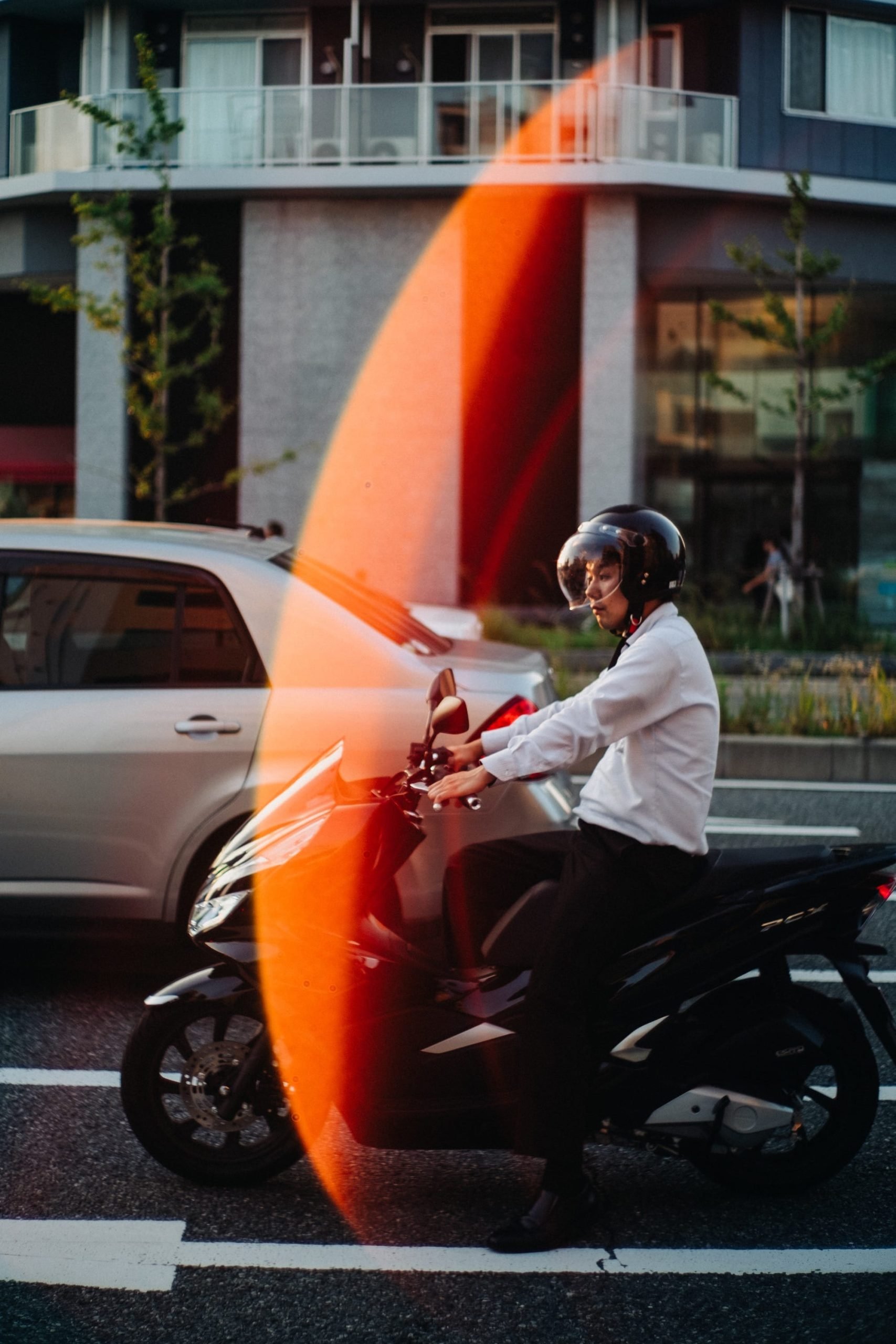
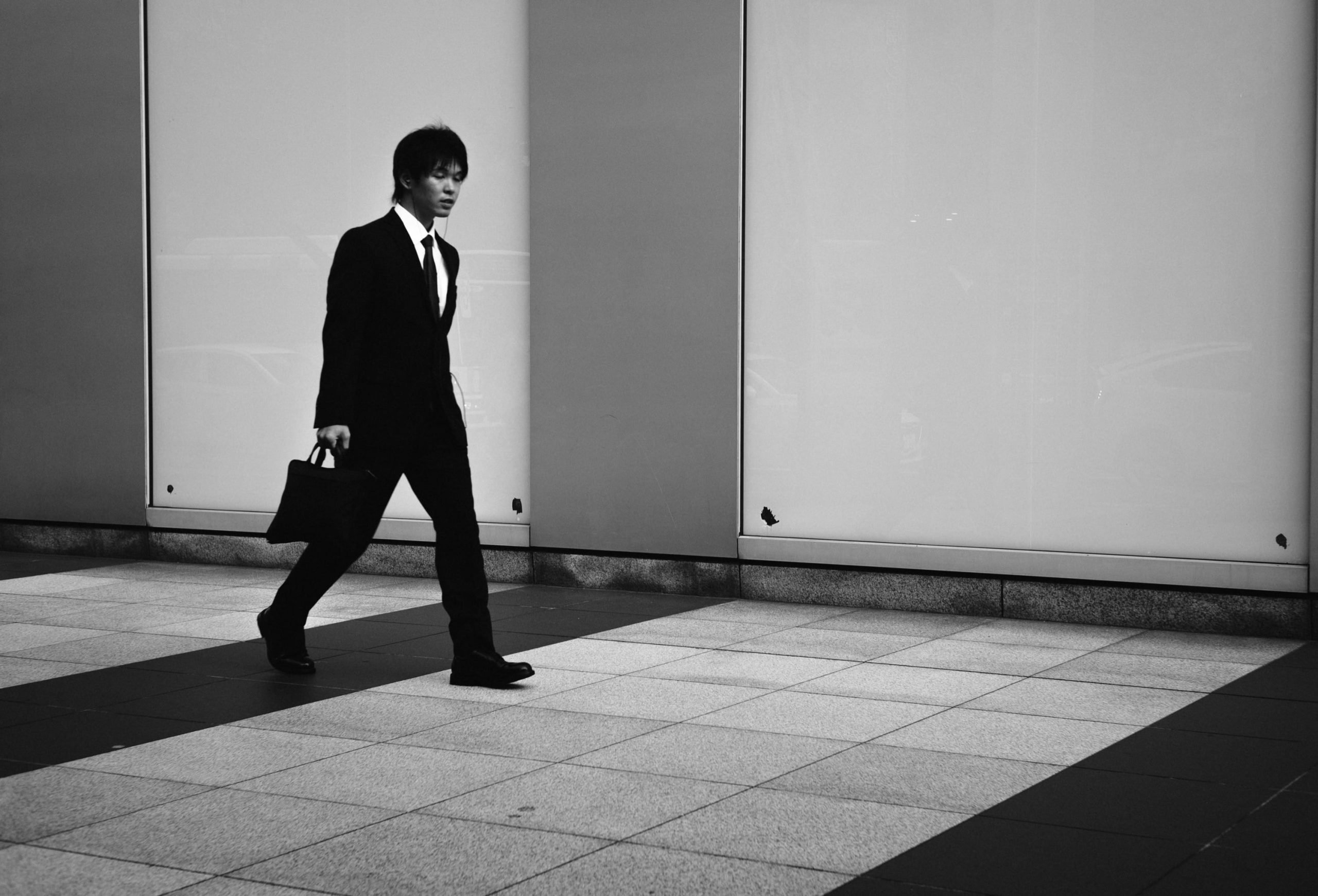




| **This website contains affiliate links. We will earn a small commission on purchases made through these links. Some of the links used in these articles will direct you to Amazon. As an Amazon Associate, I earn from qualifying purchases. |








